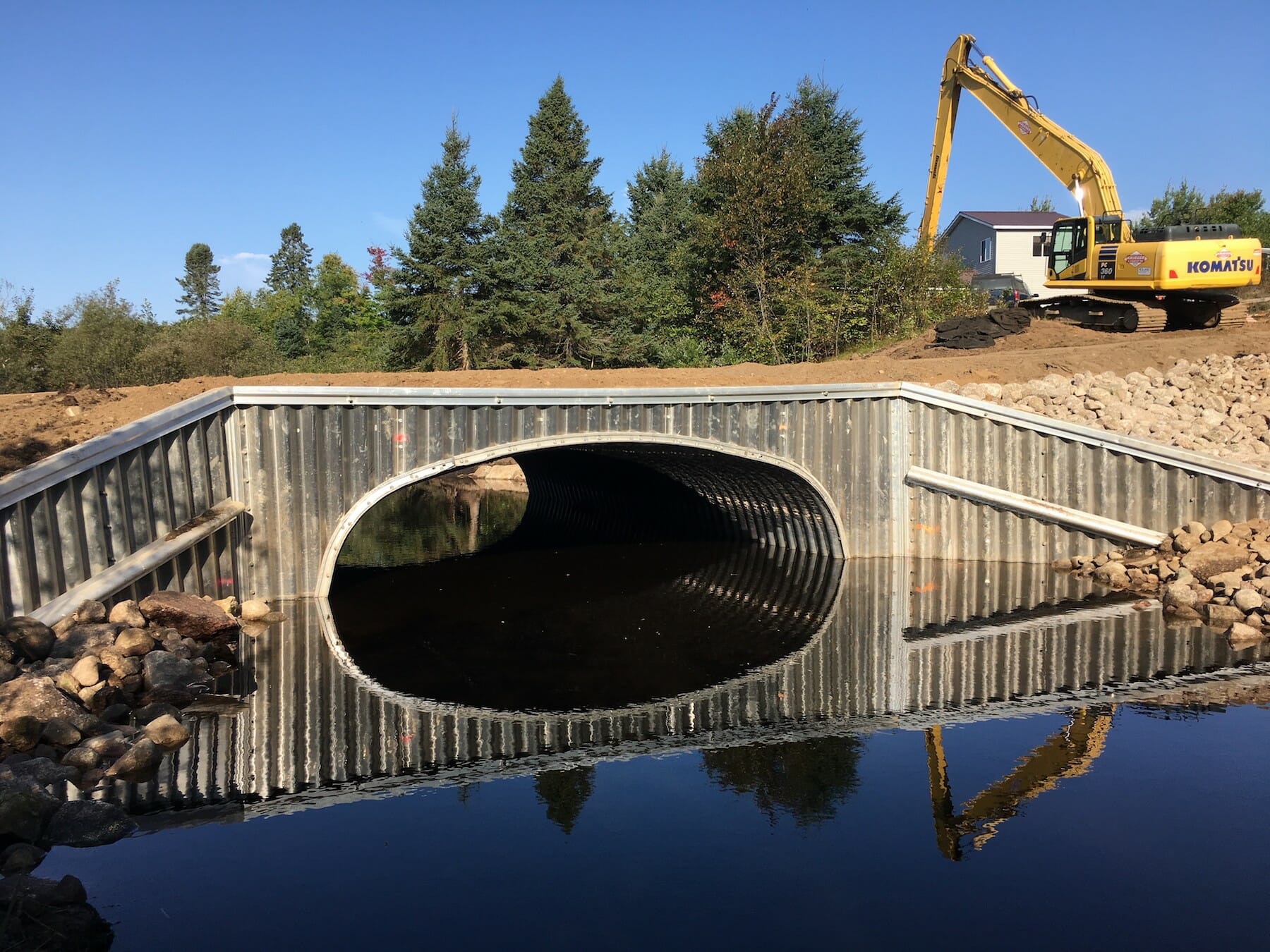By Taylor Ridderbusch
For the third consecutive year, the Trump Administration’s budget proposal looks to cut critical programs that protect and restore coldwater resources and that form the foundation of multi-billion dollar commercial and recreational fishing economies.
The proposal would significantly cut funding to the EPA and other agencies, essentially eliminating programs such as the Great Lakes Restoration Initiative (GLRI), Section 319, and the Chesapeake Bay Program.
In each of the past two years, members of Congress from Great Lakes states have worked together to push back against proposed cuts to GLRI funding, which has been critically important to the region.
Since 2010, the GLRI has supported more than 4,700 projects, totaling over $2.43 billion, in the Great Lakes region, including TU projects improving stream connectivity and restoring instream habitat.
The President’s budget proposes to reduce GLRI funding from $300 million to $30 million — a 90-percent reduction.
This is not new territory. In each of the last two years, the administration proposed completely eliminating GLRI and a similar 90-percent reduction. But, due to a vocal sportsmen’s community and a unified, bipartisan Great Lakes delegation, GLRI was fully funded at $300 million both years.
“Trout Unlimited relies on the Great Lakes Restoration Initiative to work with local communities and other partners to complete projects that strengthen trout, salmon, and steelhead fisheries and benefit local economies,” said Keith Curley, Trout Unlimited’s vice president for Eastern Conservation. “You don’t hear these words very often, but thank goodness for Congress. We will need the bipartisan Great Lakes congressional delegation to reverse these cuts in this year’s appropriations bills, just as they did the last two years.”
The largest freshwater ecosystem on earth, the Great Lakes provide drinking water to more than 35 million people. The Great Lakes are home to thousands of fish and wildlife species, from blue herons and whitetail deer to walleye and salmon.
This abundance of wildlife makes the region a world-class hunting and fishing destination and drives a significant and crucial part of the Great Lakes outdoor economy as it supports a $7 billion fishery and a $16 billion tourism industry annually. Michigan and Wisconsin rank 2nd and 3rd respectively as the largest sport fishing destinations in the nation.
Projects to improve fisheries have been completed in all eight Great Lakes Basin states.
Wisconsin has a $750,000 investment in infrastructure to improve fish passage in and around the Nicolet National Forest and is looking to expand to the Chequamegon National Forest.
Michigan has received funding to improve the Rogue, Pere Marquette, Manistee, and Little Manistee rivers, and Minnesota has benefited from projects on Lake Superior tributaries such as the Sucker River and Stewart River, just to name a few Trout Unlimited initiatives.
GLRI projects often feature a 2:1 —or even 3:1 — ratio return in matching funds, which provides a boost to local economies across the region. This economic benefit comes in the form of improved infrastructure, such as culvert replacements or dam removals, the use of local contractors, and through the spending of sportsmen and women as the improved habitat becomes an angling or hunting destination.
To find out how you can make your voice heard in the effort to protect the Great Lakes Restoration Initiative, please reach out to Taylor Ridderbusch, Trout Unlimited’s Great Lakes advocacy coordinator at taylor.ridderbusch@tu.org or visit the Great Lakes Stream Restoration Facebook group.



